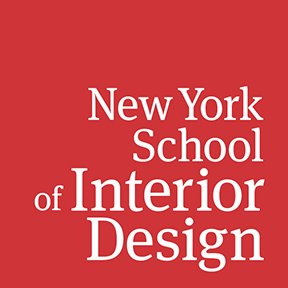Portfolio: Molly Cummins, Phuong Hyunh, Klayre Tan '20 (MPSS)
The Office of Academic Affairs awarded Klayre Tan ’20 (MPSS), who worked on the capstone project featured on this page, the Chairman’s Award for her overall performance at NYSID. At NYSID, capstone projects are long journeys that challenge students to brainstorm, conduct research, and synthesize all they have learned. The journey ends with a presentation to a jury of faculty and industry professionals. Our students work closely with faculty to create hypothetical designs that offer solutions to real-world problems. View all 2020 thesis projects here.
Student: Molly Cummins, Phuong Hyunh, & Klayre Tan
Project: Office
Program: Master of Professional Studies in Sustainable Interior Environments
Instructor: Luca Baraldo & Bethany Borel
Molly Cummins, Phuong Hyunh, and Klayre Tan set out to create a sustainable workplace and headquarters for the international beauty brand Lush.
The company’s core values are transparency, positivity, and sustainability, and the trio encapsulated this ethos in both the aesthetics of the space and the use of sustainable materials, energy-efficient lighting, and plants. Says Tan, “My teammates and I wanted to create a holistic environment that cultivates beauty and joy by addressing the physical and mental needs of the employees, and to achieve this through sustainable methods.” Their design sets the tone the moment a visitor steps off the elevator with a bright, ebullient, geometric display of Lush’s signature bath bombs, engaging the users’ senses of smell and sight upon arrival. Adds Tan, who was the 2020 Chairman’s Award Winner for the MPSS, “As you go through the main lobby, there’s a tunnel-like effect we created with a dropped ceiling and vertical recessed LED strips that are installed on one side of the wall. Again, we engage one’s sense of sight as we play with the volume of the space.” Another very dramatic space is the open office overlooking the garden wall of the pantry. “We specifically used sustainable interior finishes, furniture, and sustainable lighting methods to achieve LEED credits in this space,” says Tan. “One of the highlights of this area would be the garden wall which is semi-encased in glass. We wanted to implement the biophilic pattern of visual connection to nature as it’s beneficial to the office workers’ mental health and performance.” Among the sustainable materials in this design are Baux Wood Wool Tiles (an acoustic product) and Interface Carpet, made from recycled fish nets. Both of these materials have low to zero VOCs.
Tan points out that this design was made more successful through the guidance of the team’s thesis advisors Luca Baraldo and Bethany Borel. Says Tan, “They gave us constructive feedback that helped my team to arrive at the best interior design solutions possible.”
